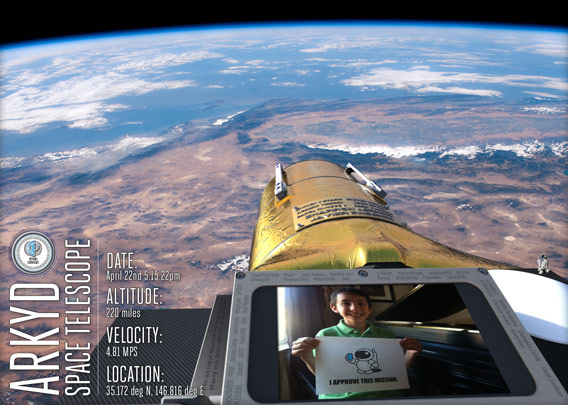Corruption Skulduggery
"I don't recall an Olympics without corruption. It's not an excuse, obviously, and I'm very sorry about it, but there might be corruption in this country...."
Jean-Claude Killy, head, International Olympic Committee coordination commission for the Sochi games
 Russian President Vladimir Putin, left, listens
to Jean-Claude Killy, Chairman of the IOC Coordination Commission for
Sochi 2014, during a February summit. (Alexei
Druzhinin/RIA-Novosti/Associated Press )
Russian President Vladimir Putin, left, listens
to Jean-Claude Killy, Chairman of the IOC Coordination Commission for
Sochi 2014, during a February summit. (Alexei
Druzhinin/RIA-Novosti/Associated Press )
It's a world class spectacle, held in a country that has every desire, much as China did before it, to display its grandeur and its ability to fund grand infrastructure for the 2014 Winter Olympics in Sochi, Russia. If China could manage, by temporarily shutting down its carbon-belching coal-fired chimneys in Beijing to briefly welcome the sun to shine benevolently upon international visitors to the Summer Olympics, Russia can build outstanding venues and upgrade bridges, roads, hotels, trains, port, airport and power grid.
It all gets costed into the final tally. A building spree that includes of necessity all the venues for the various sport events; an Olympic stadium, three Olympic villages, a ski jump, hockey arenas, Alpine facilities, and more, much more. The original estimate announced in 2007 -- once the Olympic Committee had selected Sochi, beloved of Vladimir Putin and close by where he has had another sumptuous palace built for himself -- to host the 2014 games stood at $12-billion.
Russia has ample revenues from its large gas energy fields and its monopolistic provision to much of the European Union to keep them from freezing in winter, dependent on the good graces of the man who occasionally turns rather grumpily nasty with them, and who himself owns an significant share of the country's energy giant, Rosneft. A riches-generating source for his old KGB cronies as well, who now own their own significant shares.
But corruption doesn't start and end with the President, it permeates the society at all levels. And Boris Nemtsov, one-time deputy prime minister has become a critic of the Kremlin, and he contends in a report just released that up to $30-billion of state funding has been 'liberated' into the bank accounts of Russian officials and associated businessmen. Inflating the original cost to prepare for the Olympics to rather considerably more than was originally estimated: $51-billion.
Cost overruns do not explain the differential. Nor does inflation. Nor does the doubling of infrastructure and other costs in preparation for mounting the Olympic Games over time. The 2012 London Summer Olympics came with a pricetag of $14.3, and it was a brilliant affair. The difference between the initial and final costs of Olympic Games in the past 14 years, according to Mr. Nemtsov's figures on average was two-fold.
Russia's new costing of $51-billion far outstrips that normal range of expectation. Alexander Zhukov, president of the Russian Olympic Committee, claims he requires time to analyze Mr. Nemtsov's report and the figures contained therein, but he is confident that Russian prosecutors and the Audit Chamber have kept well abreast of Olympic costs.
Someone isn't touching base; state auditors at Russia's Audit Chamber have repeatedly spoken of their concerns relating to the skyrocketing overruns. They issued recommendations that those overruns be perused by prosecutors. To which Mr. Zhukov responds that additional infrastructure had to be built at some of the venues, raising costs.
Sochi is reputed to be a beautiful city, situated as it is on the Black Sea, a lovely vacation venue. Certainly President Vladimir Putin holds it in high esteem. And the city is set to benefit hugely from hosting the Olympics. Good thing the rest of Russia doesn't mind, those hard-working citizens who haven't the personal wherewithal to bask in the beauty of the city. A city that they have bequeathed with their hard-earned funds, with additional perquisites.
And generous abundance as well for on-the-take, grasping, venal officials and businessmen. Ta-dum!
Labels: Controversy, Corruption, Human Relations, Russia, Sports


















